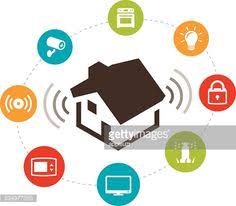Older adults can save tens of thousands of dollars annually by choosing assisted living communities over aging in place in their homes.
Unlike point solutions, Inspiren unifies resident safety, care planning, staffing, and emergency response into a single AI-powered platform.
An artificial intelligence-powered virtual assistant platform for senior living and care providers.

 Census data shows what models, samples and estimates cannot. Actual responses surveying access to technology can highlight regional gaps in broadband access – despite all the talk about broadband availability ‘everywhere’ and multiple federal programs over the years trying to make it so. The
Census data shows what models, samples and estimates cannot. Actual responses surveying access to technology can highlight regional gaps in broadband access – despite all the talk about broadband availability ‘everywhere’ and multiple federal programs over the years trying to make it so. The  Kudos to the Forbes Technology Council! Their post,
Kudos to the Forbes Technology Council! Their post,  Future staffing demand will force industry to rethink care strategies. According to BLS, the industry will need
Future staffing demand will force industry to rethink care strategies. According to BLS, the industry will need